Table of Contents
Introduction
Like any other houseplant, Alocasia plants can be susceptible to disease. Alocasia plants are particularly susceptible to a number of common diseases that can affect their health and appearance if not treated properly. In this guide, Xanh Xanh Urban Forest will help you learn about the most common Alocasia diseases, as well as tips on how to recognize and treat them to keep your plant healthy.
Common diseases in your Alocasia Plants
1. Crown, Stem, and Root Rot
One of the most frequent issues faced by Alocasia owners is crown, stem, and root rot. This disease is caused by fungal infections that thrive in wet soil conditions. Poor drainage, overwatering, and heavy, compacted soil often create the perfect environment for these fungi to spread.
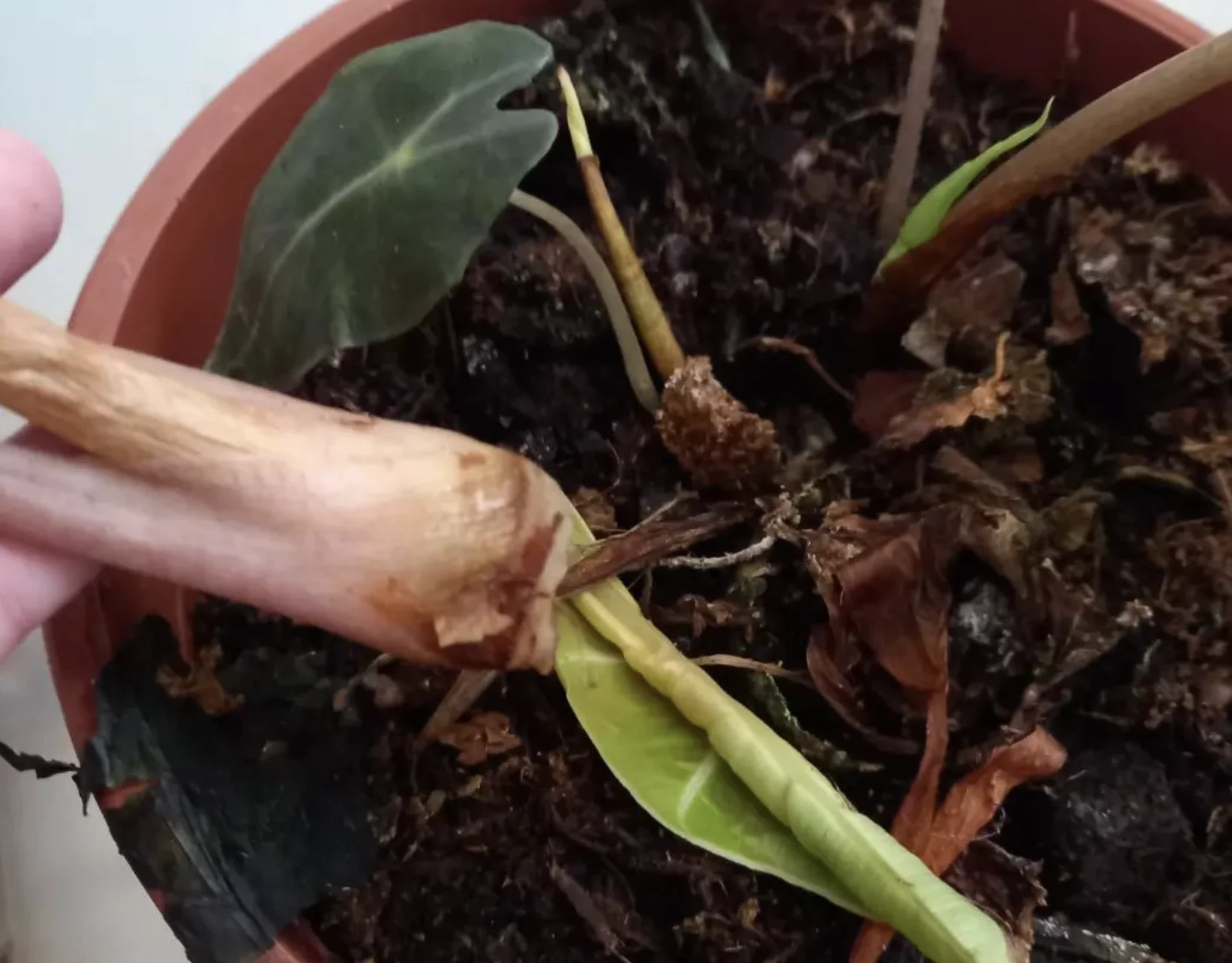
Signs:
- One of the first signs of rot is the plant’s failure to produce new leaves or blooms.
- You may notice stunted growth, with parts of the plant looking unhealthy while other areas appear unaffected.
- At the soil line, the plant may start to show signs of rotting, with a mushy stem or a foul odor becoming evident.
- A rotten stem will feel weak and wobbly, whereas a healthy stem is firm and sturdy.
Treatment:
- Crown, stem, and root rot can be tricky to treat, as it’s often advanced by the time symptoms become visible.
- Start by removing the infected plant from its pot, carefully disposing of the infected soil, and repotting it in fresh, well-draining soil.
- Applying a fungicide can help control the spread of the fungus—drench the soil with the treatment twice every 30 days.
- Be sure to trim back affected leaves and stems, leaving only the healthy parts of the plant.
- Repeated pruning and fungicide application may be necessary until the plant is fully recovered.
2. Powdery Mildew
Powdery mildew is a fungal disease that frequently affects Alocasia plants. It manifests as a light gray or white powder on the leaves and stems, and can thrive in warm, dry conditions with poor airflow.
Signs:
- The most obvious sign is a powdery white or gray substance on the leaves, stems, and flowers.
- As the fungus progresses, it can weaken the plant and reduce its ability to photosynthesize, leading to stunted growth.
Treatment:
- Ensure your Alocasia has sufficient airflow and sunlight.
- Space out your plants to avoid overcrowding and regularly remove any dead or diseased foliage.
- Treat the affected areas with an organic fungicide containing sulfur.
- Apply the treatment once a week for three to four weeks, making sure to coat all affected surfaces thoroughly.
- Consistent treatment and proper spacing can help eliminate the fungus and prevent future outbreaks.
3. Leaf Spot
Leaf spot is another fungal disease that can wreak havoc on Alocasia plants. It’s characterized by brown, splotchy patches on the leaves, which grow larger over time and can eventually cause the leaves to fall off.
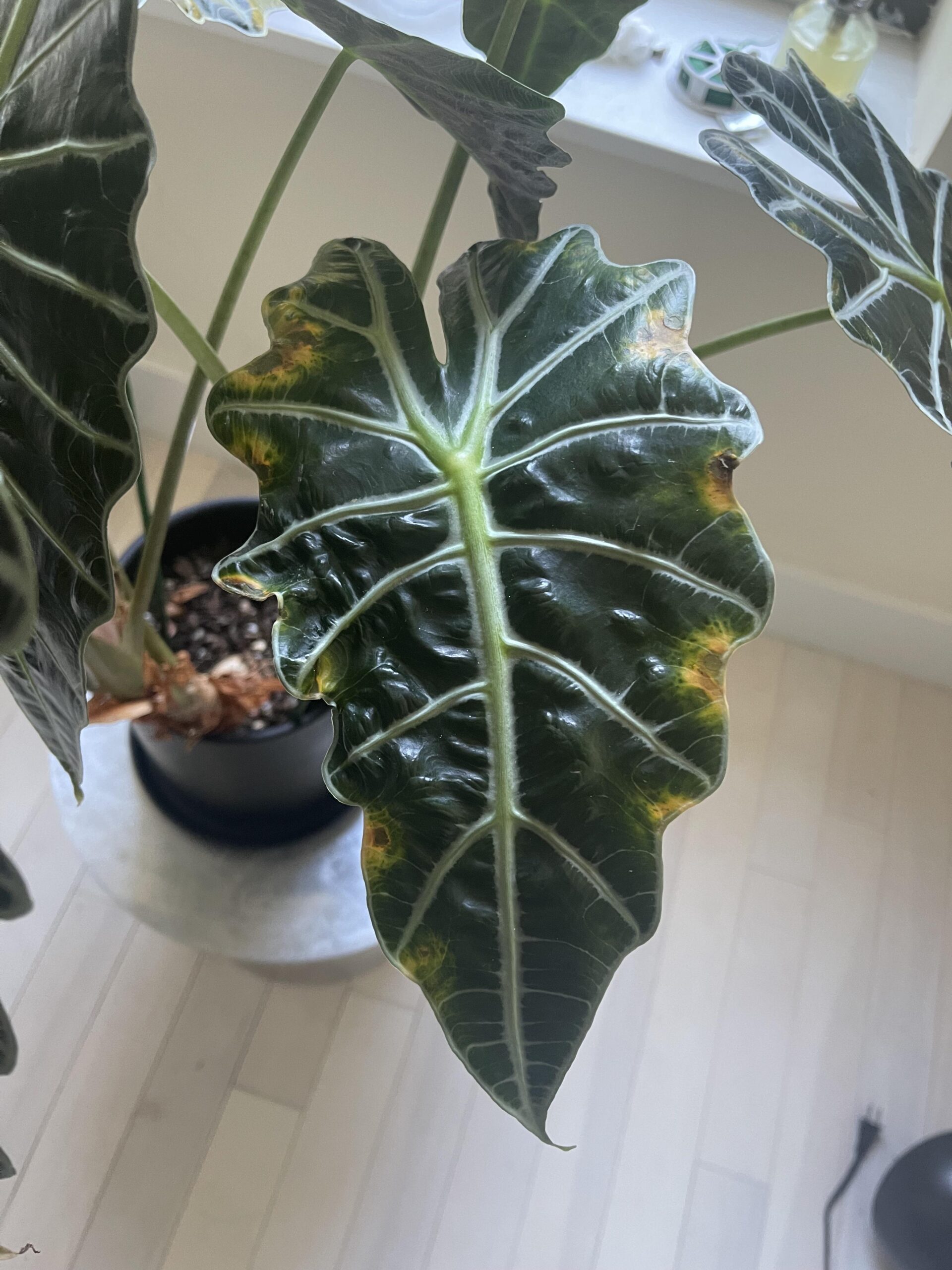
Signs:
- Small brown spots appear on the leaves, which gradually expand.
- As the spots grow, they may cause the leaves to wither and drop.
- The plant may also appear stunted or wilted as the infection spreads.
Treatment:
- To prevent the spread of leaf spot, isolate the affected plant immediately.
- Organic treatments containing sulfur and copper octanoate can help manage the disease.
- You can also create a homemade treatment using a mix of ½ teaspoon of baking soda per gallon of water, spraying it on the leaves and stems.
- Be diligent with treatments and ensure your tools are disinfected after each use to prevent cross-contamination.
4. Xanthomonas infection
Xanthomonas is a bacterial infection that targets Alocasia plants, causing necrosis (death of tissue) in leaves, stems, and sometimes even roots. This disease can lead to brown spots forming between leaf veins, which eventually cause the leaves to crumple and die.
Signs:
- Brown spots form along the leaf veins, eventually causing the leaves to curl and die.
- In severe cases, lesions can form on the fruit, stems, or roots of the plant.
- These spots may grow large and become noticeable to the touch, as the affected tissue begins to decay.
Treatment:
- Unfortunately, there is no spray-on treatment for Xanthomonas.
- You will need to quarantine the infected plant to prevent the spread of the bacteria to other plants.
- Cut off all dead or infected leaves and stems, disinfecting your tools after every cut.
- Using hydrogen peroxide treatments can help slow the spread of the bacteria.
- Introducing biological antagonists to the soil can encourage good bacteria to fight off harmful bacteria.

Where to buy the Alocasia plants?
If you want to buy the Alocasias, there are many options available for you to choose from. They can be found at online stores, garden centers, and neighborhood plant shops. It is strongly recommended that you purchase your Alocasias from Xanh Xanh Urban Forest.
Xanh Xanh offers a wide selection of high-quality Alocasia plants at affordable prices. All my plants are grown in the greenhouse that belongs to me and are thoroughly examined prior to being sent out for shipping. We provide a 100% satisfaction guarantee to ensure your happiness with your purchase.
What is the reason for waiting? Purchase your Alocasias right now at Xanh Xanh Urban Forest! You won’t be disappointed.
Final thought
Xanh Xanh Urban Forest hopes that you found this blog article to be useful and educational. Please use the following to contact us with any questions:

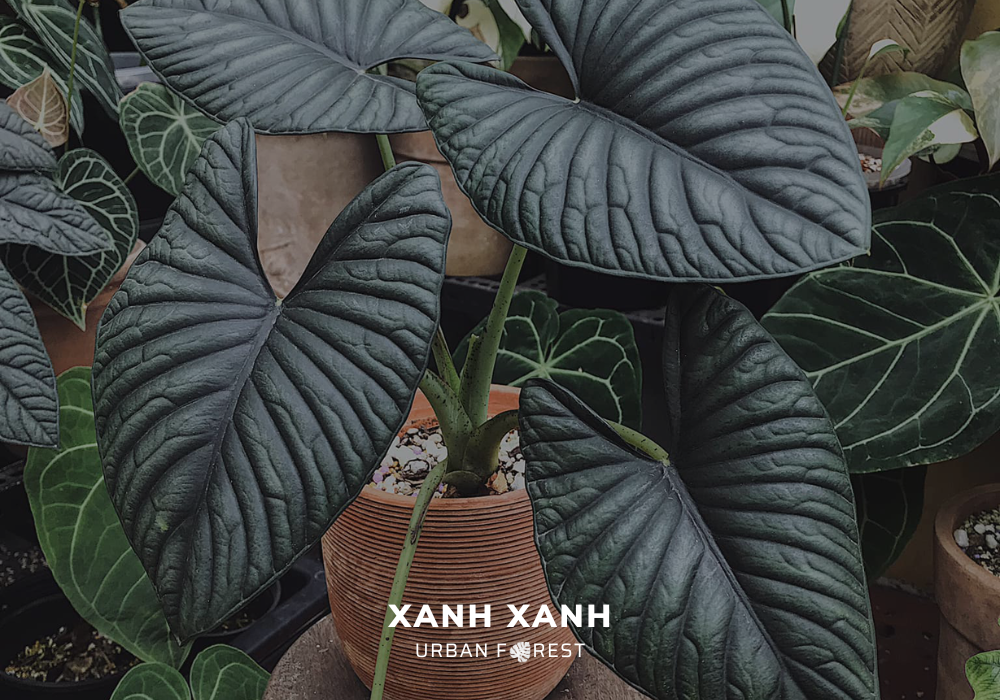

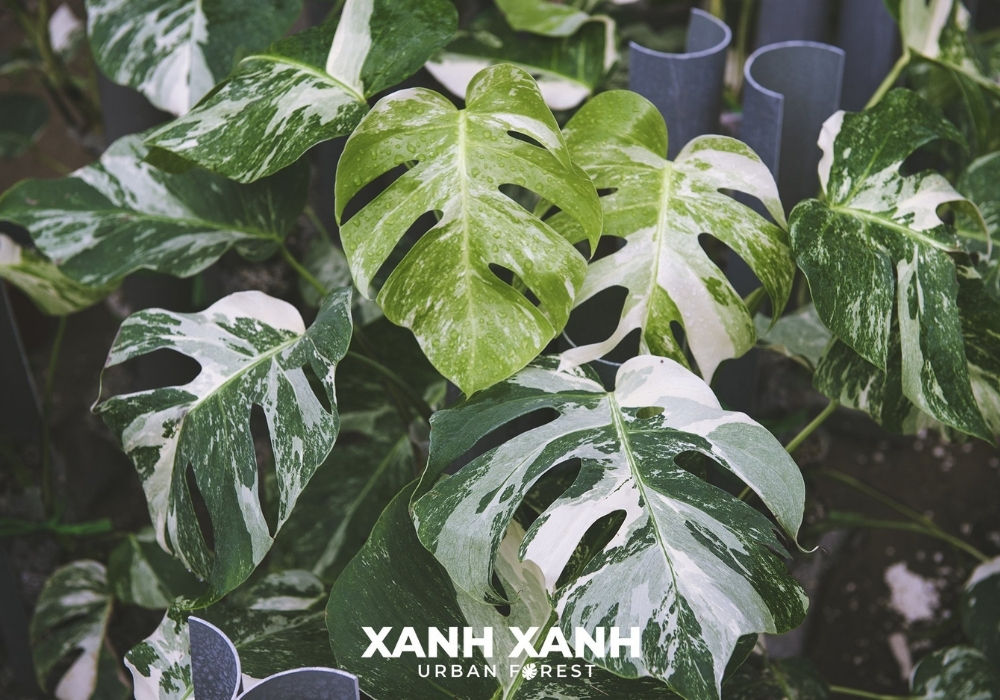

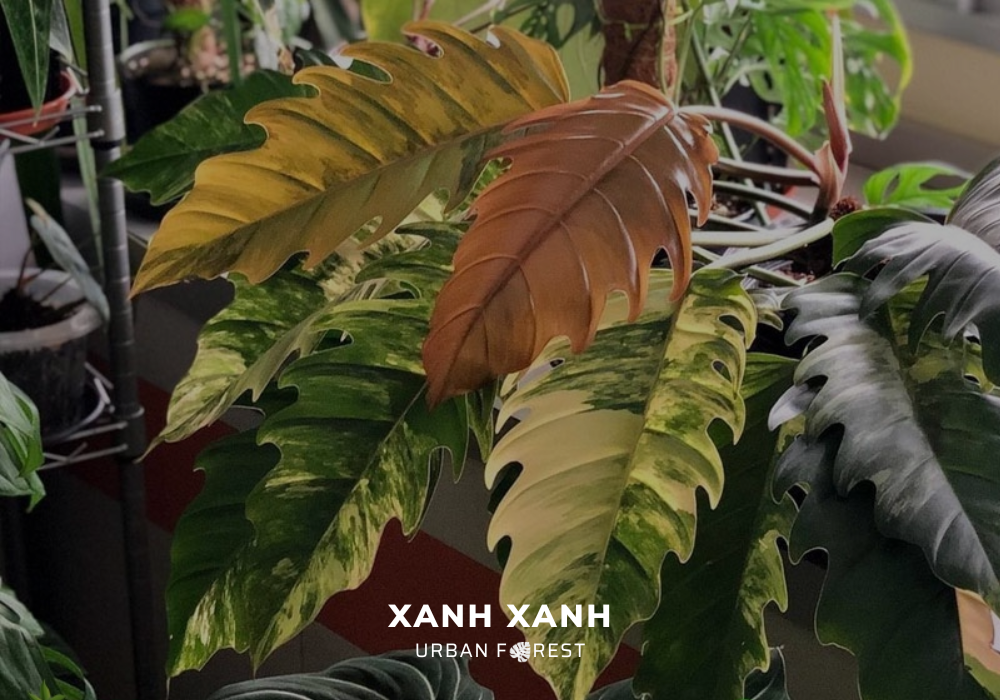
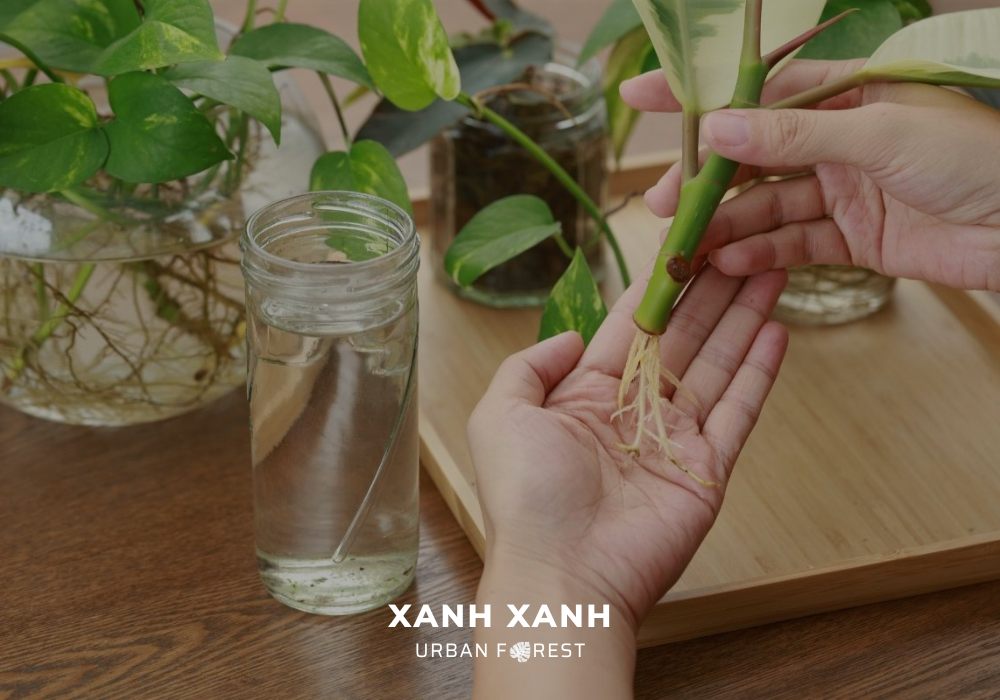
I just wanted to say that your article is remarkable. The clarity and depth of your knowledge are truly refreshing. May I subscribe to keep up with your future posts? Keep up the fantastic work!
Mountsinai I very delighted to find this internet site on bing, just what I was searching for as well saved to fav
Houzzmagazine This is my first time pay a quick visit at here and i am really happy to read everthing at one place